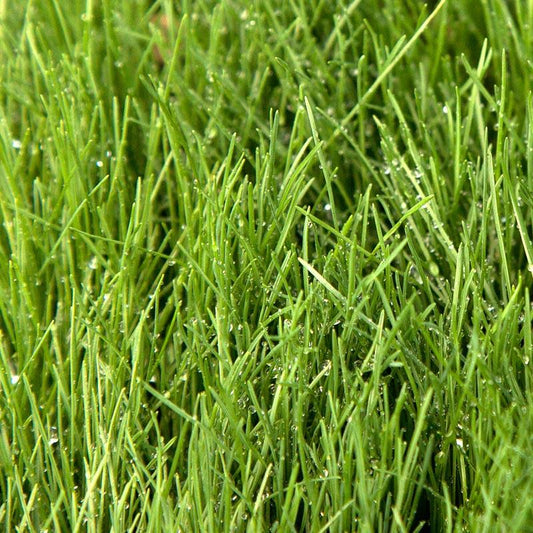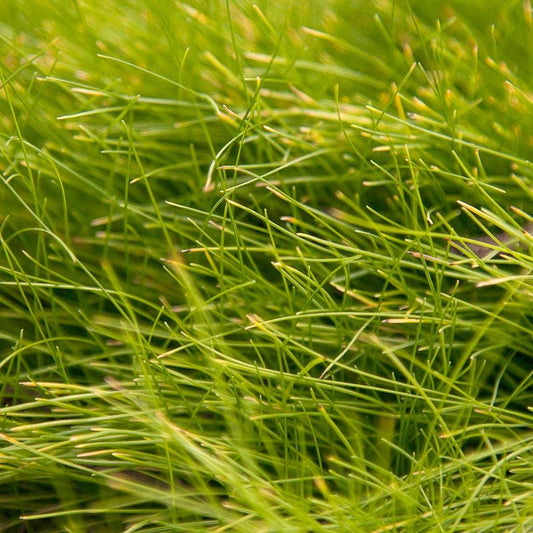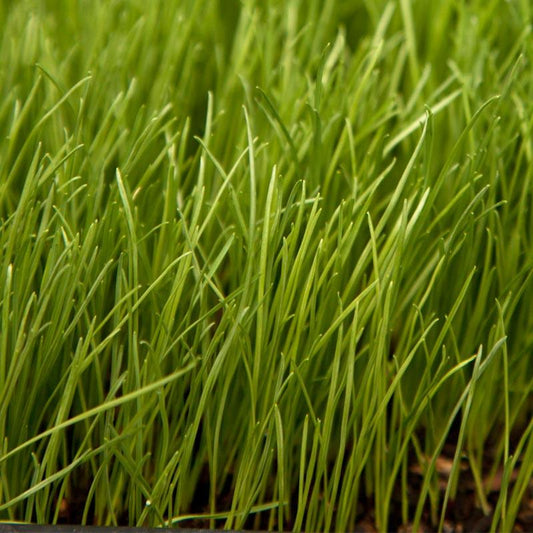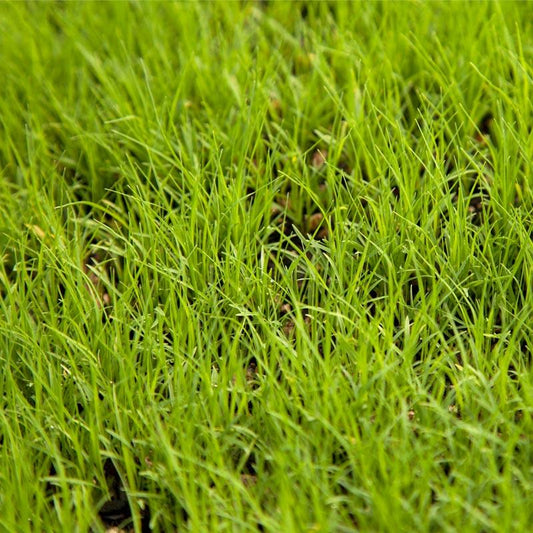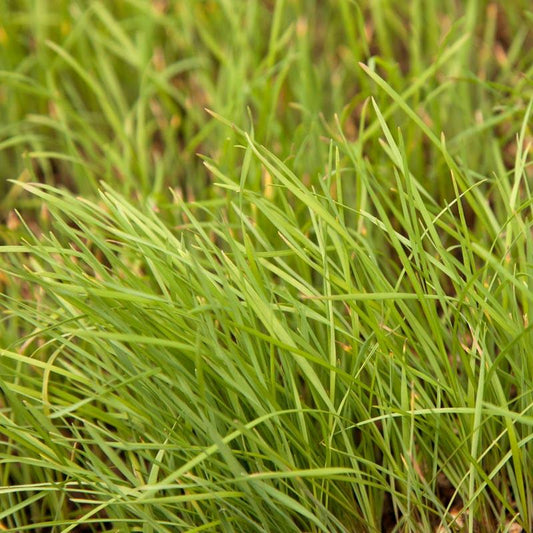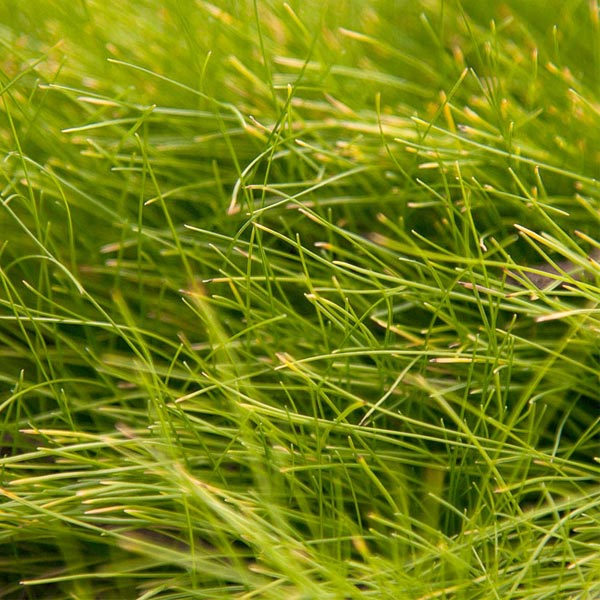
Native grasses play a vital role in maintaining various regions' ecological balance and are increasingly recognized for their environmental benefits. Native grass seeds, specifically tailored to local ecosystems, offer numerous advantages for landscaping, wildlife habitat, erosion control, and more.
Benefits of Native Grasses
Native grasses are species that naturally occur in specific geographic regions and have adapted to the local climate, soil, and environmental conditions over time. These grasses offer several benefits:
-
Environmental Stewardship: Planting native grasses helps restore and conserve local ecosystems. They provide essential habitat and food sources for wildlife, including birds, insects, and small mammals.
-
Erosion Control: Native grasses have deep root systems that anchor soil, making them effective erosion control agents. Their extensive root networks help stabilize slopes and prevent soil erosion, making them ideal for landscaping in areas prone to erosion.
-
Low Maintenance: Once established, native grasses typically require less water and maintenance than non-native species. They are well-suited for xeriscaping and can thrive in drought-prone regions.
-
Biodiversity: Native grasses support a diverse range of native flora and fauna. By planting these grasses, you contribute to the preservation of local biodiversity.
Common Native Grass Species
Native grasses vary by region, so it's essential to choose species that are native to your area. Here are some common native grass species you may find:
-
Buffalograss (Buchloe dactyloides): Native to North America, buffalograss is a warm-season grass known for its fine texture and drought tolerance. It is often used in lawns and meadows.
-
Blue Grama (Bouteloua gracilis): Another warm-season grass, blue grama is native to the Great Plains and southwestern United States. It forms dense clumps and is known for its distinctive seedheads.
-
Switchgrass (Panicum virgatum): Found in various regions of North America, switchgrass is a tall, warm-season grass that is valued for its high biomass production and potential for biofuel production.
-
Little Bluestem (Schizachyrium scoparium): This warm-season grass is native to most of North America and is known for its ornamental value in gardens and landscapes.
Planting and Care
Planting native grass seeds requires careful consideration of the species and local conditions. Here are some general guidelines:
-
Select Suitable Species: Choose native grass species that are adapted to your region's climate, soil type, and moisture levels. Consider consulting with a local native plant expert for recommendations.
-
Prepare the Soil: Ensure the soil is well-drained and free of weeds. Native grasses are often adapted to poor soils, but proper soil preparation can improve establishment.
-
Planting Method: Native grass seeds can be sown by broadcasting or drilling, depending on the size of the area and equipment available. Follow the recommended seeding rate for the chosen species.
-
Watering: Adequate watering is crucial during the establishment phase. Water consistently until the grasses are established, and then gradually reduce irrigation.
-
Maintenance: Once established, native grasses require minimal maintenance. Periodic mowing or prescribed burning may be necessary to control weeds and maintain the desired appearance.
Native grass seeds offer a sustainable and environmentally responsible landscaping choice. They support local ecosystems, conserve water, and require less maintenance than non-native species. By selecting the right native grass species for your region and following proper planting and care guidelines, you can enjoy the many benefits of these grasses while contributing to the preservation of local biodiversity and the health of your ecosystem.


